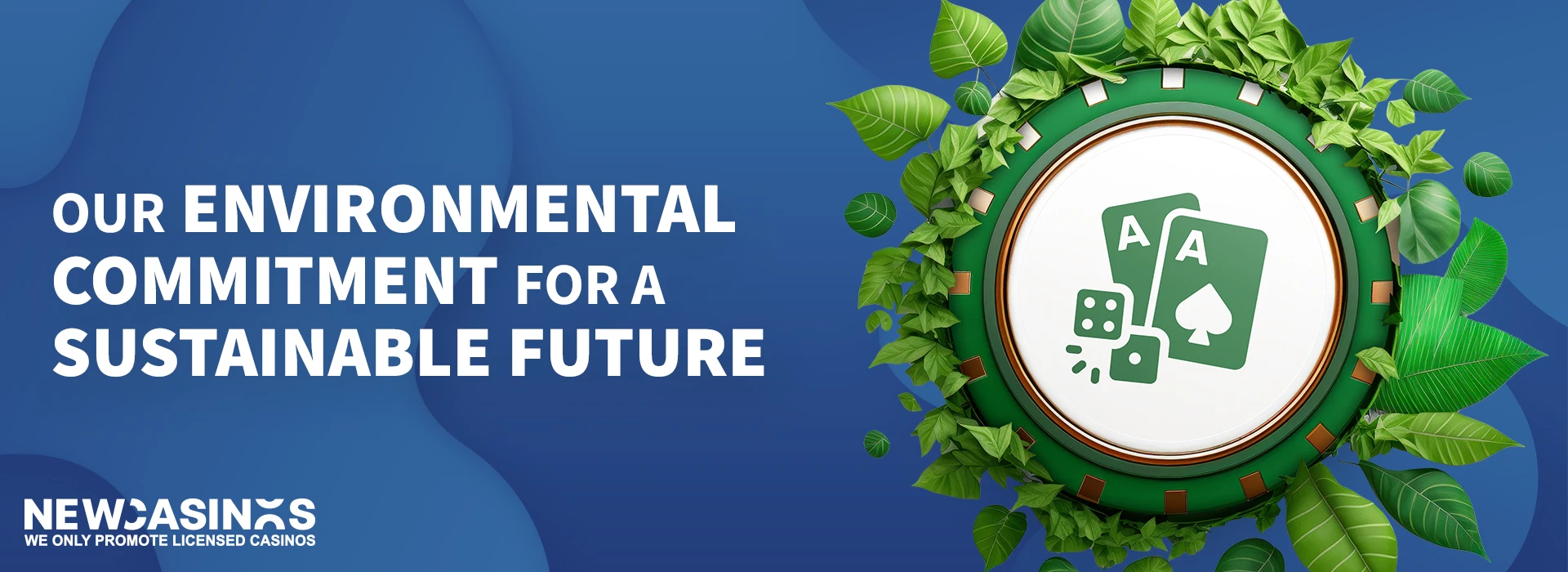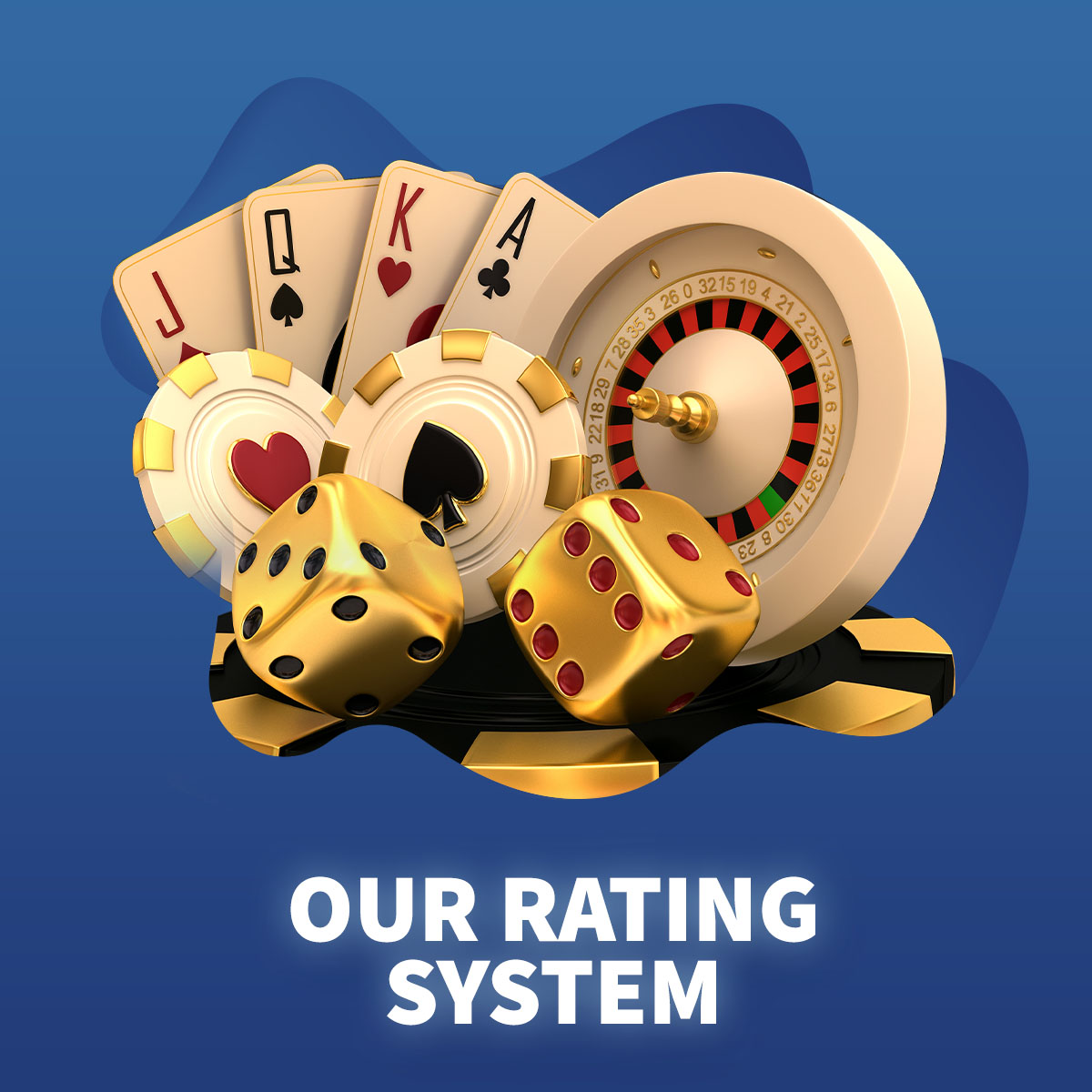The Gambling Industry’s Environmental Challenge
It’s easy to think that virtual activities have zero impact on the environment, but that’s sadly not the case. According to an article by the University of St Andrews, just sending an email or viewing a web page releases carbon dioxide into the atmosphere. While land-based casinos must address physical concerns such as air and water pollution, sustainable electricity sources, and low carbon footprint resourcing of goods and services, online casinos and their affiliated sites have their own unique challenges.
One of the biggest impacts on the environment caused by the online gambling industry is high energy consumption. Data centres require a huge amount of energy to maintain the high demand operations necessary to run online casinos. This often includes energy specifically dedicated to lighting and cooling of the servers, which can easily overheat otherwise.
Another critical environmental concern of the online gambling industry is the scale of electronic waste. High end hardware is required to maintain online casinos, with upgrades, repairs and replacements unavoidable.
Online casinos require a stable and reliable source of electricity to maintain their operations. In recent years, the sustainability of electricity sources has come into sharp focus, with businesses urged to consider renewable sources of electricity instead of traditional fossil fuel-driven power stations.
Of course, the carbon footprint of any company always includes the impact of individuals. Choices regarding travel to work, office lighting and heating, food waste, and recycling also play a role in creating more environmentally friendly businesses.

Our Environmental and Sustainability Mission
At NewCasinos.com, we go to great lengths to not only provide players with access to fair gaming, but also ensure we play fair with the environment too. Here are the measures we take to ensure our impact on the environment is minimal:
CO2 Badge
By using green hosting solutions, optimising our website, and prioritising efficient games, we have reduced our impact on the environment. Our achievements are proudly recognised by the CO2 Neutral Website, with their certificate encapsulated in the CO2 badge we display on our footer.
Managing Our Carbon Footprint
One way in which we can reduce our environmental impact is by managing the carbon output of every one of our web pages. You can see the carbon results of our website below:

What Does This Mean?
- Only 0.06g of CO2 is produced whenever someone visits this web page.
- Our website is running on sustainable energy
Advanced Carbon Footprint Calculation According to NewCasinos’ Top Pages
We also took a closer look at our carbon footprint on a granular level, assessing our top pages specifically, which we have outlined below in no particular order:
| Our Top Pages | Their Average Carbon Footprint in Bytes |
| New Casinos | 51,089 |
| Pay by Mobile Casinos | 28,226 |
| Nine Casino Review | 31,359 |
| Trustly Casinos | 37,058 |
| MGA Casinos | 31,576 |
| Cashlib Casinos | 25,410 |
| Boku Casinos | 24,493 |
| Supercat Casino Review | 31,436 |
| AstroPay Casinos | 20,407 |
| PayPal Casinos | 42,243 |
How We Calculated the Advanced Carbon Footprint
To calculate our carbon footprint on a more granular level, we used The Sustainable Web Design Model based on the following methodology:
- This model uses 3 main segments in its digital ecosystem to calculate the energy consumed: data centres (to serve and store data), networks (to transmit data), user devices (end-users assessing the service)
- These 3 segments are further divided by their operational emissions (device use during the operational period) and embodied emissions (device manufacturing). These emissions are determined by converting energy usage using a grid intensity factor.
- Then we look at the key inputs: data transfer (amount of data transferred in gigabytes/ GB for consistency) and carbon intensity (global average carbon intensity of electricity of 494g/kWH, which can be adjusted to reflect particular regional values)
- Energy consumption for operational emissions and embodied emissions is calculated by dividing the total data transfer to determine the energy intensity for each segment – applying this formula: Data Transfer (GB) x Energy Intensity (kWH/GB) x Grid Carbon Intensity (gCO2e/kWH) =Operational Emissions / Embodied Emissions (gCO2e/GB)
- You should allocate a part of the total life-cycle assessment energy consumption for embodied emissions to each segment.
- Combine operational and embodied emissions for a total estimate of both emissions for each segment
- Leave room for adjustments: green hosting factor (percentage of hosting powered by renewable energy) and visitor ratios (new vs returning visitors and data cached on their devices)
- For the total estimated emissions incorporate all the above factors into a final formula: Total Estimated Emissions (gCO2e/GB) = [(OPDC × (1 – Green Hosting Factor) + EMDC) + (OPN + EMN) + (OPUD + EMUD)] × New Visitor Ratio + [(OPDC × (1 – Green Hosting Factor) + EMDC) + (OPN + EMN) + (OPUD + EMUD)] × Return Visitor Ratio × (1 – Data Cache Ratio)
- By making use of this extensive model, you can determine an estimate of your carbon footprint of digital products or services, to make better informed decisions and help minimise your impact on the environment. You can look at Sustainable Web Design’s comprehensive explanation of Estimating Digital Emissions for a more detailed explanation.
Glossary of terms:
- OPDC – Operational Emissions Data Centers.
- Green Hosting Factor – The portion of hosting services powered by renewable or zero-carbon energy, between 0 and 1.
- EMDC – Embodied Emissions Data Centers.
- OPN – Operational Emissions Networks.
- EMN – Embodied Emissions Networks.
- OPUD – Operational Emissions User Devices.
- EMUD – Embodied Emissions User Devices.
- New Visitor Ratio – The portion of first-time visitors to a web page, between 0 and 1.
- Return Visitor Ratio – The portion of returning visitors to a web page, between 0 and 1.
- Data Cache Ratio – The portion of data that is loaded from cache for returning visitors, between 0 and 1.
Our Technical Efforts for Sustainability Improvements
There are many ways a website can be optimised for minimal eco impact without jeopardising efficiency and performance for visitors. Here are some of the ways we’ve made our website eco-friendly:
Compression
A website’s content must be sent to each visitor’s device when they arrive, which can result in the transmission of large amounts of information. We have implemented compression measures to reduce the size of files sent to visitor devices, resulting in faster load times.
Browser Caching
Each time a visitor accesses a web page, various pieces of information are required to display it, such as coding used, images, layout styles, fonts, etc. This information must be downloaded each time a user visits the site. However, browser caching enables browsers to remember this kind of settings information for subsequent visits. That means fewer downloads of repeated information and faster loading times.
HTTP/2
Hypertext Transfer Protocol (HTTP) is basically the method via which a server tells the browser how to display a website. HTTP was created in 1991, with HTTP 1.1’s launch in 1997 overcoming some shortfalls of the original. Technology has advanced since then, resulting in reduced download times for websites. Most modern browsers use HTTP/2 as standard, which results in a more responsive experience for visitors.
Lazy Loading
Most users rarely read the entire contents of a web page they visit. This means downloading the whole web page is often surplus to requirements and can represent excessive energy expenditure for the website. Our website uses a technique called lazy loading to download only the content that is immediately required by the visitor. That means faster loading of pages and a more streamlined browsing experience.
Compressing Images
While text-based web pages can present enough problems in terms of accessibility and energy consumption, the larger sizes and complexity of images make them even more potentially troublesome. Rather than negatively affecting our website by excluding images, we make them more load-friendly by reducing image sizes without compromising on image quality. This image compression equates to a more user-friendly experience, especially on mobile devices.
References
- University of St Andrews – Website performance and the hidden environmental impact of the internet
- Website Carbon Calculator
- Digital Scholarship – Competing Forces in Sustainable Gambling: Towards a Balanced Approach
- Harvard – Greener Gaming Products: Considering Environmental Impacts When Assessing Gambling Related Harms
- Eco-Friendly Web Alliance
- UN Environment Programme
- European Environment Agency
- The Green Web Foundation – Methodologies for calculating website carbon






